Hello~♡ Have you ever looked at yourself and felt a drop in confidence or sensed something lacking? I’ve experienced these feelings, so I sought advice from my family and friends and looked into various solutions. Among them, hair transplantation can be a significant help to many. Today, I’m going to share the whole process of hair transplantation.
What is Hair Transplantation?
Hair transplantation is a surgical procedure that implants your own hair into areas where hair is sparse due to hair loss. While hair loss is a common issue among men, it can also affect women. Hair transplantation offers a natural and permanent solution to help regain confidence.
Understanding the Impact of Hair Loss on Confidence
The loss of confidence due to hair loss affects many people. Hair is one of the key elements in shaping our appearance and self-image. Thinning hair due to hair loss can lead to physical changes and psychological fatigue and anxiety. This can diminish confidence and cause feelings of isolation in social activities.
Consultation Before Hair Transplantation: Aligning Expectations and Reality
Consultation with a professional is crucial when considering hair transplantation. During the consultation, it’s important to align expectations with reality to understand the possibilities and outcomes of hair transplantation. The expert will assess the degree of hair loss and the condition of your hair and explain how the procedure will proceed.
Preparing for Hair Transplantation: Physical and Mental Preparation
Certain preparations are necessary for hair transplantation. Physically, a health check-up is required before the surgery, along with pre-operative measures such as medication. Mentally, it’s important to gather detailed information about the surgery, and understand the recovery period and outcomes.
Types and Techniques of Hair Transplantation Procedures
Various procedures and techniques are employed in hair transplantation. The most common methods are Follicular Unit Transplantation (FUT) and Follicular Unit Extraction (FUE). FUT involves removing a strip of scalp and transplanting hair, while FUE involves extracting and transplanting individual hair follicles.
The Day of Transplantation: Procedure Steps and Precautions
On the day of transplantation, there are specific procedures and precautions. After receiving local anesthesia, the hair to be transplanted is extracted and then implanted into the designated areas. After the surgery, therapeutic medications are used, and daily activities are adjusted according to specific guidelines.
Recovery and Returning to Daily Life
After hair transplantation, a recovery period is necessary. Swelling and redness can occur for a few weeks post-surgery, during which outings and activities should be limited. Generally, hair begins to grow naturally after 6 months to a year, after which one can return to a more normal daily life.
Post-Transplant Care: Tips for Optimal Results
Continuous care is necessary after hair transplantation. Following the professional’s instructions, appropriate shampoos and beauty products should be used for hair care. Additionally, maintaining a healthy diet and lifestyle is crucial to prevent the main causes of hair loss.
Long-term Effects and Limitations of Hair Transplantation
While hair transplantation provides permanent results, it’s not a perfect solution for everyone. Transplanted hair will grow naturally, but additional sessions may enhance the results. Also, if existing hair continues to experience hair loss, further measures may be needed.
Post-hair transplant care is crucial in achieving successful results.
Here are some basic guidelines for post-hair transplant care:
- Post-surgery Care: Immediately after the surgery, it is important to keep the scalp clean while also handling it with care. Typically, the doctor applies a bandage to protect the transplanted area, and it is recommended to maintain this bandage for the first few days following the surgery.
- Washing Instructions: During the first few days after the transplant, it is important not to wet the scalp. According to the doctor’s instructions, you can start washing your hair with a gentle shampoo at a specific time. When washing, gently massage the transplanted area, and avoid using high water pressure.
- Medication: The doctor may prescribe antibiotics or painkillers to prevent infection and aid in faster recovery. You may also be prescribed steroid-based medications to reduce swelling.
- Activity Limitations: For the first week after the surgery, physical activity should be minimized. In particular, heavy lifting or strenuous exercise should be avoided. This is to prevent putting pressure on the transplanted area and to facilitate recovery.
- Avoiding Direct Sunlight: For several weeks after the surgery, avoid direct exposure to sunlight. Sun exposure can interfere with the recovery of the transplanted area, and it is also recommended to use sunscreen.
- Proper Nutrition: A healthy diet can aid hair growth and recovery. Maintain a diet rich in proteins, vitamins, and minerals, and ensure adequate hydration.
- Regular Check-ups: Regular check-ups with the doctor are necessary after the surgery. This allows monitoring of the recovery process and taking any additional measures if necessary.
Post-hair transplant care can vary depending on the individual’s condition and the surgical method, so the above guidelines are general advice. It is most important to follow the specific instructions provided by the hospital or the doctor who performed the surgery.

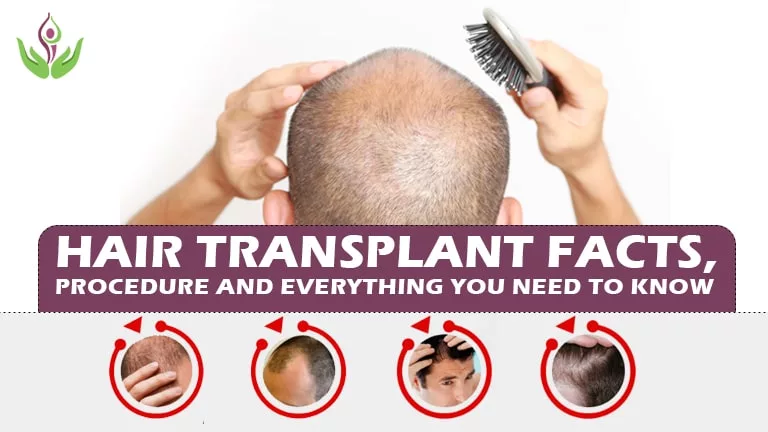
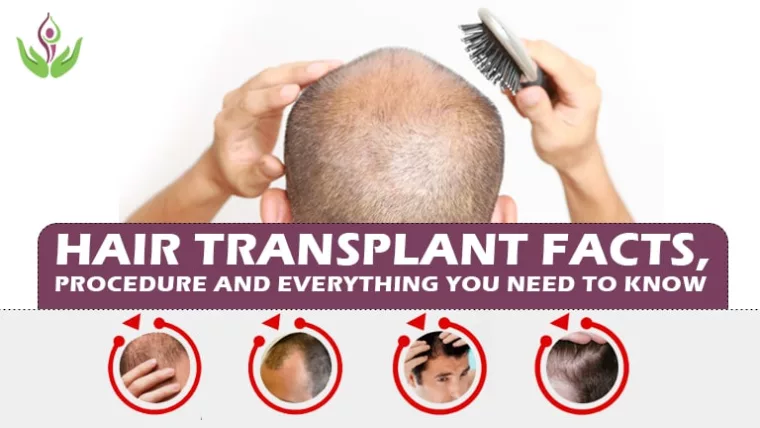
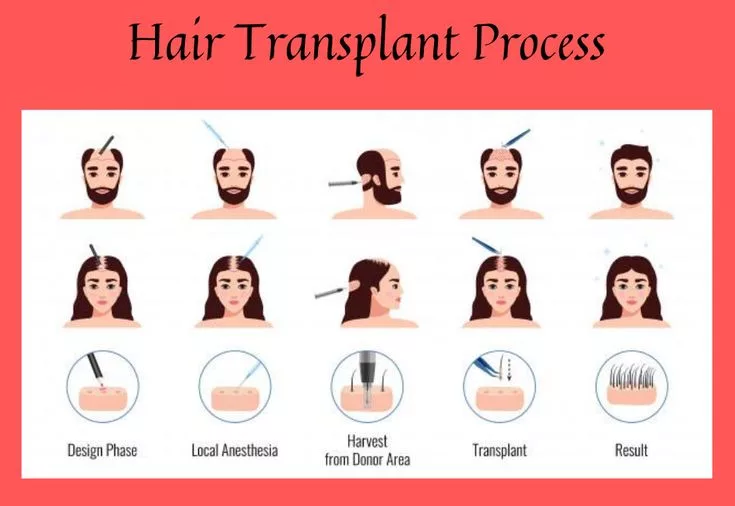
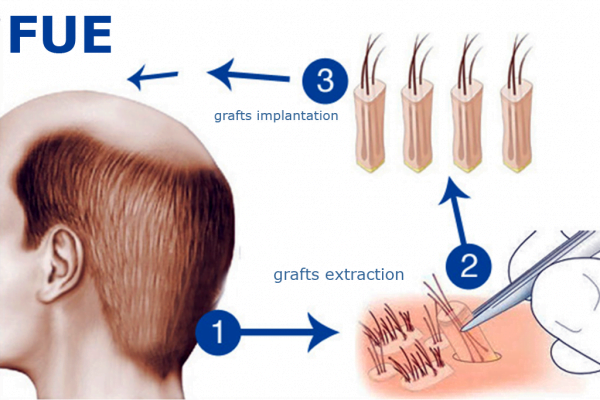
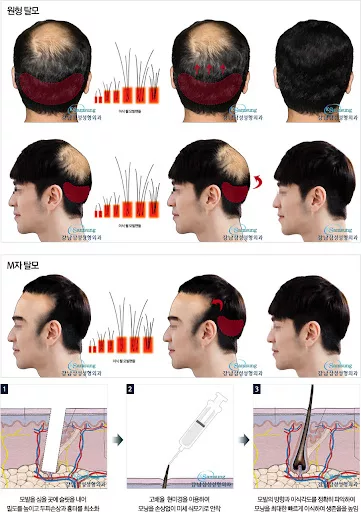
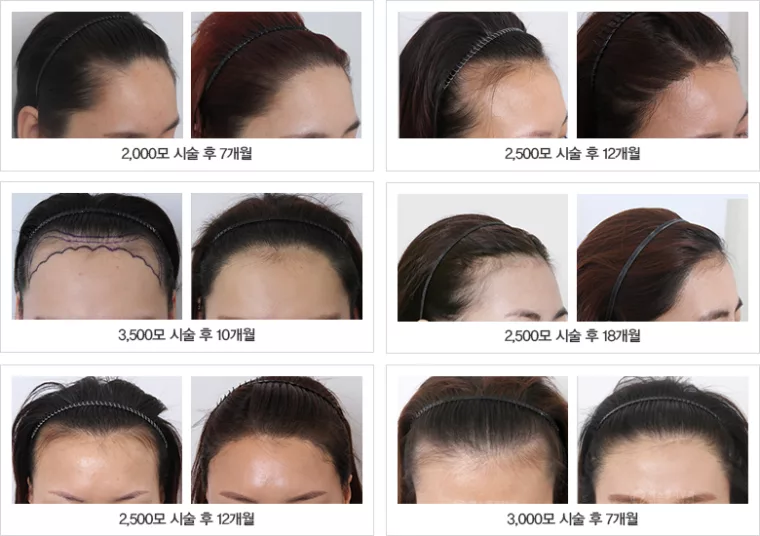
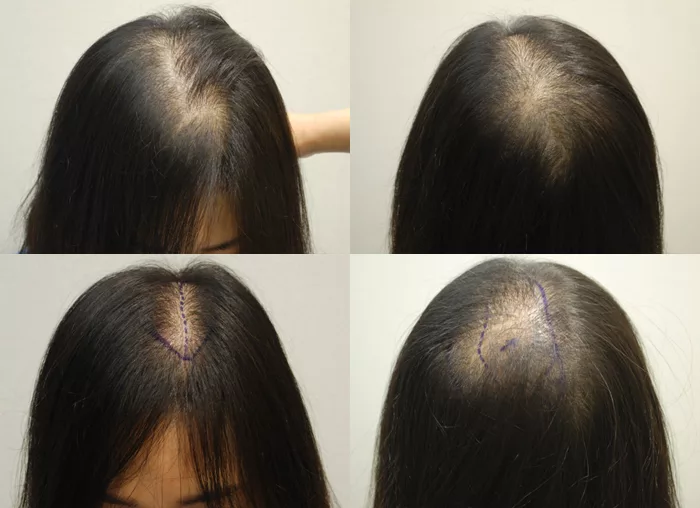
Leave a Reply